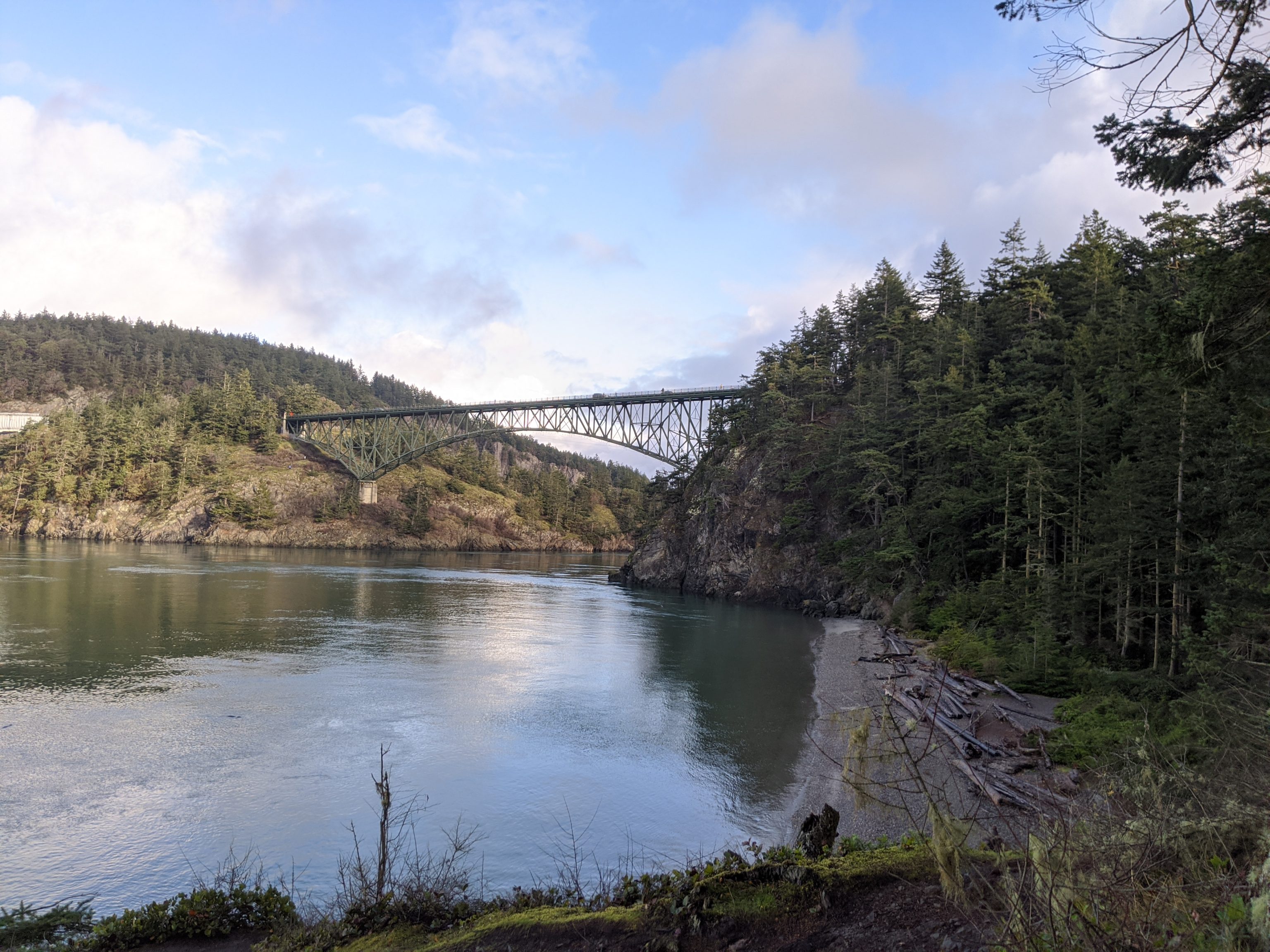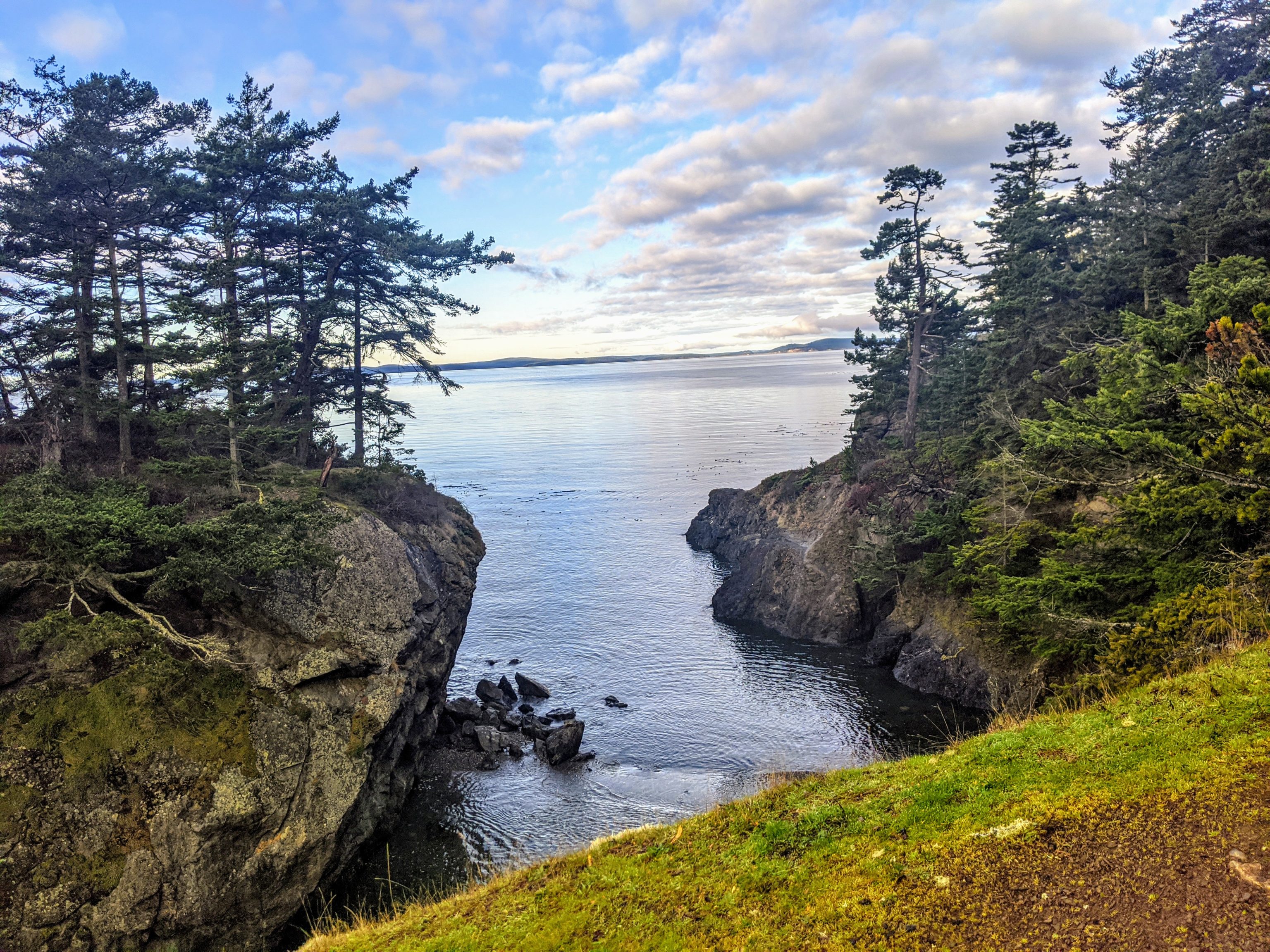In this Fragrance Lake 10k Race Report Coach Paul Sage shares his insights and tips on how to race this awesome course so that you can be your best on race day! Enjoy!
Race: Fragrance Lake 10K
Runner: Coach Paul Sage
Race Date: 06/09/2018
Location: Bellingham Washington
Results: 2nd overall
Strava Activity Link: https://www.strava.com/activities/1628196943

3 Bests – What aspects of the race did you like the most?
- Very convenient – close to Fairhaven/Bellingham with multiple parking options
- Well maintained – the trail system in the Chuckanuts is popular with the local running community and is well maintained which contributes to the trails being in the best possible condition throughout the year.
- Aggressive hilly course that is still very runnable and finishes with a fast downhill charge to the finish
Not so much – Aspects of the race that didn’t do it for you
There is not much to complain about in the Chuckanuts!
Weird factor – What’s the weirdest thing about this race?
The single element that may seem ‘weird’ to some are the gates/barriers at the top and bottom of the Fragrance Lake trail. These are designed to control horse traffic and consist of two overlapping fences that runners have to ‘zig-zag’ through. These are not a big deal at all but do act as a pinch point on the trail and require the runner to come to an almost complete stop to negotiate.
Highlights of your race – What did you do well and enjoy about your race in particular?
The race was a success and the result was just what I was looking for. For me this race was a training race that I was using as a hard stimulus. I came into the race in the middle of building my fitness back up after a podium finish in the Chanoko 50K a couple months earlier. The weekend prior to this race I had also finished on the podium of the Vashon 10 mile race. My goals for the race were to push the ‘flatter’ first 1.5 miles and the two steeper sections of the Two Dollar trail, relax through the rolling middle section of the Two Dollar trail and the couple ‘techy’ switchbacks of the Fragrance Lake trail, and let it rip through the easier downhill. Essentially interval training with competition.
My plan worked out (almost) perfectly. Attacking from the gun and staying in the lead through the first half mile strung the field out and forced the competition to play catch-up before the climbing started on Cleator road and Two Dollar trail. This kept me out of traffic as the trail transitioned from the wide Interurban trail and Cleator Rd and the single track trail that comprises the rest of the course. Knowing I was going to relax my pace on the flatter parts of the Two Dollar trail allowed me to confidently push the steeper sections of the trail without worrying about blowing up. This approach resulted in a large gap to the other 10K competitors behind me and kept me within site of the leader heading into the decent down Fragrance Lake trail. Even with the leader within sight I stuck to the plan and relaxed my pace through the few tricky switchbacks down Fragrance Lake trail and then gleefully hammered the remaining downhill to the finish line. I was super happy with my 2nd place finish and felt very confident I had the fitness to run much harder.
Lessons for others – Share your pro-tips on the race to help the next runner
Taking advantage of the wider portions of the course in the first 1.5 miles is key for maintaining position and staying out of traffic. Having the fitness to go out hard and being aggressive through the initial steep section of Two Dollar trail is essential. To do this effectively there are two spots in the first 1.5 miles where position in the pack is important. The first occurs after the first 100 meters where the course chokes down from a gravel road to a narrow single track for ~50 meters before it joins with the Interurban trail – though this is short it acts as a significant choke point. The second is the ‘dip’ before the Interurban trail joins with Cleator Rd. This ‘dip’, a short steep decent and ascent, marks the true beginning of the climbing on the course. Pushing through this dip right to the intersection of Cleator Rd and Two Dollar trail, which marks the beginning of the single track, will ensure the best possible positioning as the course narrows and the pace slows dramatically.
Lessons you learned that will help you next time around
I am consistently pessimistic about my ability to aggressively run moderately technical downhill and races like this help change that narrative in my mind. The pressure of competition and the laser focus that adrenaline can provide is far more powerful than I give it credit.
Most important course specific knowledge to know about the race
There are several aspects of the 10K course that could be key to developing a race strategy. Beyond the 2 points mentioned earlier regarding the pinch point very early in the race and the ‘dip’ leading into the transition from gravel road to single track trail, there are 2 additional spots to consider. First is the rolling nature of the middle of the Two Dollar trail. Though the trail continues to trend upward the gradient is considerably less steep and rolls in a few spots. This is a great place to either push the pace if you’re really fit or back off and recover for the final steeper push up past Fragrance Lake. Finally, the decent down the Fragrance Lake trail involves some steep(er) switchbacks that are at times both rocky and rooty and if wet/muddy can be a little gnarly. The risks may out-weight the rewards for some runners to be too aggressive here when this particular section is sketchy due to trail conditions.
Aesthetics – Is it a pretty course?
Overall I feel the Chuckanuts are a bit of a hidden gem and the trails epitomize the aesthetic of sea-level PNW forest beauty – dense evergreens and deciduous trees, dripping with moss, covering hillsides scattered with exposed boulders and rocky outcroppings. Fragrance Lake itself is an added bonus but is best enjoyed during a casual day hike.
Difficulty – Is it a tough course?
Given the distance and the vertical gain (~1300′) and loss (~1400′) I feel most runners would consider this a tough(er) course. The majority of the climbing is over a 3 mile stretch from mile 1.5 to approximately mile 4.5 during which runners gain slightly more than 1000 feet. The last 2 miles is a screaming 1400 foot descent to the finish line – not long enough for your quads to blow up but steep enough to feel it the next day.
Organized and well run – Did it feel like a well-oiled machine or were they flying by the seat of their pants?
As is typical with Destination Trails’ races, the race was well organized and well run. Even the sole section of the course that I felt could be problematic (crossing SR 11 in the last half mile of the race) was well marshalled, safe, and seamless.
Competition – Is there a strong field?
Typically there are a handful of killers that show up to race the 10K and the Half.
Logistics – Does it require a special handshake, registration a year in advance, hotels all booked? Give us the low down on the nuts and bolts of making the race happen.
Logistically the race is very simple. The race is well attended but usually has spots open for race-day registration. Navigation to the start/finish line is straight forward and parking is plentiful (there are multiple places to park besides those available at the start/finish line; some of these ‘extra’ parking spots do require a Discover Pass). For those travelling long distances, Bellingham is very close and has a ton of hotel and Airbnb options.
Aid Stations – Standard fare or anything special to know about the aid stations in terms of what’s available or when?
There is a single aid station for the 10K course next to Fragrance Lake. The half marathon and 50K courses have 2 additional aid stations. As is typical for Destination Trail’s races the aid stations are well stocked and well run.
Weather and typical race conditions
The race is typically run in mid February – I ran the 10k during a year the race had been rescheduled to June. Conditions can vary quite a bit year-to-year in February in the Chuckanuts. I have seen the trail conditions in February span the full spectrum from snow-covered and muddy to dry and buffed-out. Temperatures typically hover in the 40s to low 50s.
Gear – Did you need anything special or is there anything you’d recommend for the next runner?
No special gear required for the shorter distances (10K and half marathon). I have witnessed multiple 50K runners carry and use microspikes on the snowy years.
Spectators – Is this a friendly course for your friends?
Spectating sections of the course other than the start and finish does require a bit of hiking but the distances are short and the scenery is great.
How’s the Swag?
As is typical of Destination Trail races the swag is legit.
The Overall Score – How many stars do you give this race and do you recommend that others run it?
I give the race 4 stars and highly recommend it for those looking for a shorter early-season race.
Paul Sage is a coach with Team RunRun. To learn more about him or to work with him, check out his coach profile.















